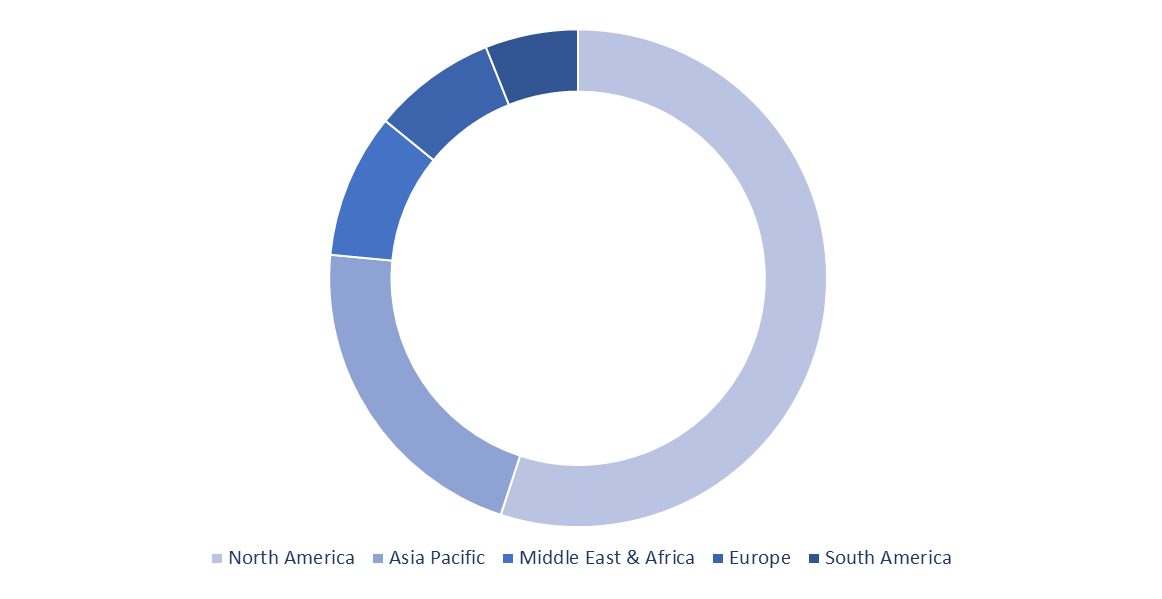Hemophilia Market - Global Market Share, Trends, Analysis and Forecast, 2023-2032
The global hemophilia market size was estimated to be US$ 12.7 billion in 2021 and is expected grow at a CAGR of 5.2% between 2023 to 2032.
Hemophilia is a type of a genetic bleeding disorder characterized by the lack of necessary clotting proteins required to clot the blood. This disorder causes patients to bleed for a longer time if they suffer an injury and eventually leads to internal bleeding. The magnitude and frequency of internal bleeding depends upon the severity of hemophilia in a patient. There are mainly two major types of hemophilia; hemophilia A and hemophilia B which are caused due to the lack of different types of clotting factors associated with it. However, Hemophilia A is four times more prevalent than hemophilia B.
Region wise, owing to the increased strategic partnership and collaborations, North America is projected to hold a dominant position in the global hemophilia treatment market. On the other hand, due to favorable reimbursement policies for hemophilia in China, even Asia-Pacific is expected to witness the second largest growth in global hemophilia market. Globally, the prevalence of hemophilia is rising which is a key factor in escalating global growth.
Global hemophilia market dynamics
The increased use of prophylactic treatments in hemophilia patients
Due to the rising availability of various treatment options and greater research on identifying newer and targeted therapies for novel targets, increases the treatment options for hemophilia patients and therefore increasing the market.
Increase in several government initiatives
Greater emphasis on neonatal care facilities is one of the key government initiatives. Many governments over the world are placing greater need in increasing awareness among public for hemophilia. Increase in research facilities and starting early screening of neonates are also some of the other initiatives by governments around the world.
Increase in geriatric population
In many developed countries the population of people over 60 years in steadily increasing. As the persons age increases the occurrence of bleeding disorders rise. Also the modernization in the healthcare industry fuels this market growth for the forecasted period.
COVID-19 impact on global hemophilia market
The global pandemic of COVID-19 has offered pharmaceutical companies’ numerous opportunities to increase their research and development budgets to offer hemophilia support to critically ill patients. Also the increase of activities by the regulatory authorities to approve new treatments has further bolstered this market growth.
Challenges in the global hemophilia market
High costs in manufacturing
Developing drugs for hemophilia is a highly complex and costly process that requires significant investments, clinical trial expertise, quality systems, scientific standards and technical capabilities. Drug manufacturers are required to invest in clinical trials and post-approval safety monitoring programs due to stringent regulations required by the regulators.
Adverse side effects of drugs
Many drugs previously introduced for hemophilia have shown multiple adverse side effects and therefore have been not approved by the regulators. Such setbacks for the drug manufacturers will further challenge the growth of the hemophilia market.

Hemophilia Market Share Analysis, by Geography (2022)
The major players covered in the hemophilia market report are Baxter, Grifols S.A., CSL Limited, Octapharma, Novo Nordisk A/S, Kedrion S.p.A, Pfizer Inc, Bayer AG, Biogen, Shire, Hoffmann-La Roche Ltd, Ferring B.V, Sanofi, Swedish Orphan Biovitrum AB (publ), BioMarin, Sangamo Therapeutics and others.
Market Segmentation as below:
By Type
- Hemophilia A
- Hemophilia B
- Hemophilia C
- others
By Product
- Plasma-derived coagulation factor concentrates
- factor VIII
- factor IX
- factor XIII
- Activated prothrombin complex concentrate
- von willebrand factor
- Recombinant coagulation factor concentrates
- factor VIII
- factor IX
- von willebrand factor
By Therapy
- Replacement therapy
- ITI therapy
- Gene therapy
By Geography
- North America
- United States
- Canada
- Rest of North America
- Europe
- Germany
- United Kingdom
- Italy
- France
- Spain
- Rest of Europe
- Asia Pacific
- Japan
- India
- China
- Australia
- Rest of Asia Pacific
- Middle East & Africa
- UAE
- Saudi Arabia
- South Africa
- Rest of the Middle East & Africa
- South America
- Brazil
- Rest of South America